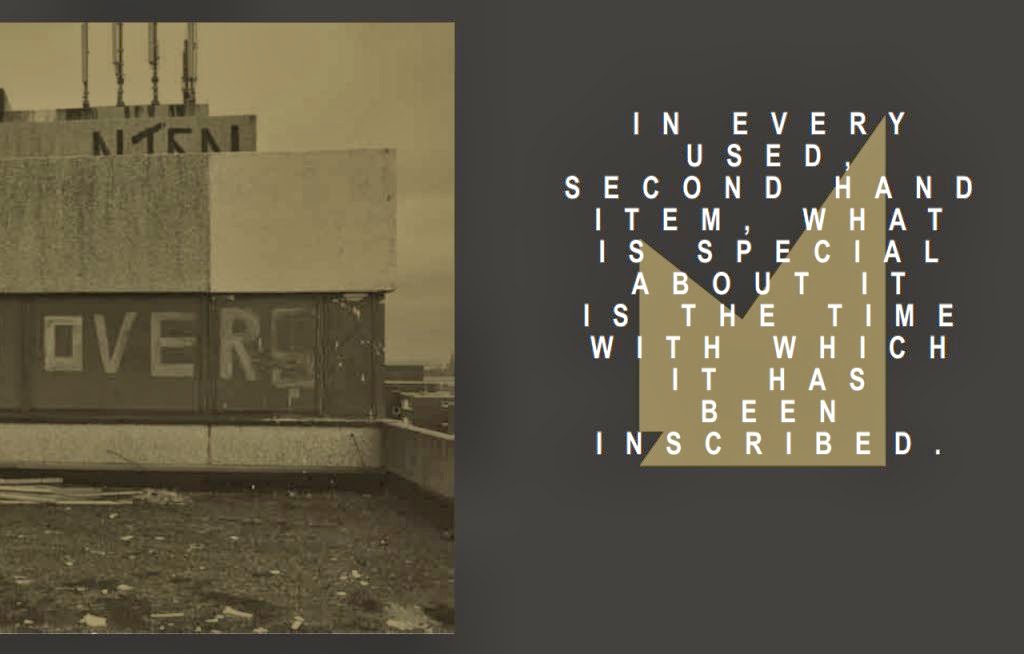Here is a new title added to my adaptive urbanism readings. Again, a great compilation showcasing practical examples –little wonder mostly in Germany, but also Denmark, Switzerland and the Netherlands - and insightful findings on the implications of transitional interventions in vacant sites. Along with Urban catalyst and The temporary city, Second hand spaces represents a cornerstone to research and understand the context, impact and actors around the different strategies for repurposing redundant urban assets and how they challenge the rigidity of formal planning. Edited by Michael Ziehl, Sarah Osswald, Oliver Hasemann and Daniel Schnier, it intends to contribute to a better understanding of the processes behind the transformation of vacant spaces into recycled resources as a result of “self-determined adaptation of buildings and brownfields to the changed needs of their users”:
The first part of the book addresses strategic and structural issues always behind temporary projects (regulation flexibility, financial frameworks –here, by the way, see for example the exploration Killing Architects are conducting on financial models for temporary projects-, settlements with owners and public institutions), from the tension between adaptability and stability to the benefits of transforming brownfield as problems to resources for urban creativity. The second set of chapters is devoted to the role of actors-users serves as an explanation of the emergence of this kind of projects and also the challenges from the usual precarious conditions of the initiators. The third and final part is dedicates to the conditions created by temporary interventions in second hand spaces, turning into expressions of civic engagement, contributions to built environment sustainability goals in practice, experiences of self-sufficiency and enhancing community life. Most of the projects covered perfectly show the main potential of this approach to urban vacancy and transformation: beyond the physical occupation/reuse in every site there is a programme of action with a deep sense of community and a cultural/social interaction centre where there was no other expectation but waiting.
Projects:
At vacant sites, second hand spaces draw on the atmosphere, the traces, the remains, and the history of their previous uses. Their actors develop an individual aesthetic out of the site that stands out due to its simplicity and improvised quality. New ideas are tested, and elements of surprise are created in the city. Second hand spaces evolve against the background of different demands on urban spaces and provide opportunities for interaction, participation, and start-ups. They open up new courses of action for urban planning and at the same time make a contribution to the sustainable design of urban change. In nine essays, twenty-seven experts highlight the backgrounds, actors, and effects of second hand spaces based on fifteen projects from Europe, resulting in thematic links to current social discourses throughout the book.This bilingual publication builds on fifteen European projects –with different scopes and backgrounds, but all of them sharing a common approach on how to deal with vacancy as a permanent conflict in urban development and community needs. Buildings, open spaces, public facilities, infrastructures or factories, when turn into vacant sites, raise questions about how to make them still a useful resource even though its planned or previous use is no longer possible, and the collection of experiences depicted in the book represent a broad outlook of possibilities and challenges of this kind of projects.
The first part of the book addresses strategic and structural issues always behind temporary projects (regulation flexibility, financial frameworks –here, by the way, see for example the exploration Killing Architects are conducting on financial models for temporary projects-, settlements with owners and public institutions), from the tension between adaptability and stability to the benefits of transforming brownfield as problems to resources for urban creativity. The second set of chapters is devoted to the role of actors-users serves as an explanation of the emergence of this kind of projects and also the challenges from the usual precarious conditions of the initiators. The third and final part is dedicates to the conditions created by temporary interventions in second hand spaces, turning into expressions of civic engagement, contributions to built environment sustainability goals in practice, experiences of self-sufficiency and enhancing community life. Most of the projects covered perfectly show the main potential of this approach to urban vacancy and transformation: beyond the physical occupation/reuse in every site there is a programme of action with a deep sense of community and a cultural/social interaction centre where there was no other expectation but waiting.
Projects:
- YAAM & Bar25, Berlin
- Tentstation, Berlin
- Mellowpark, Berlin
- Basis, Frankfurt am Main
- ZwischenZeitZentrale, Bremen
- Eichbaumoper, Mülheim an der Ruhr
- Frappant, Hamburg
- NT/Areal, Basel
- Ungdomshuset, Copenhagen
- Gängeviertel, Hamburg
- Sproutbau, Bremen
- Susiburg, Freiburg im Breisgau
- Prinzessinnengärten, Berlin
- RAW-Gelände, Berlin
- AUFAUF, Bremen



No hay comentarios :
Publicar un comentario